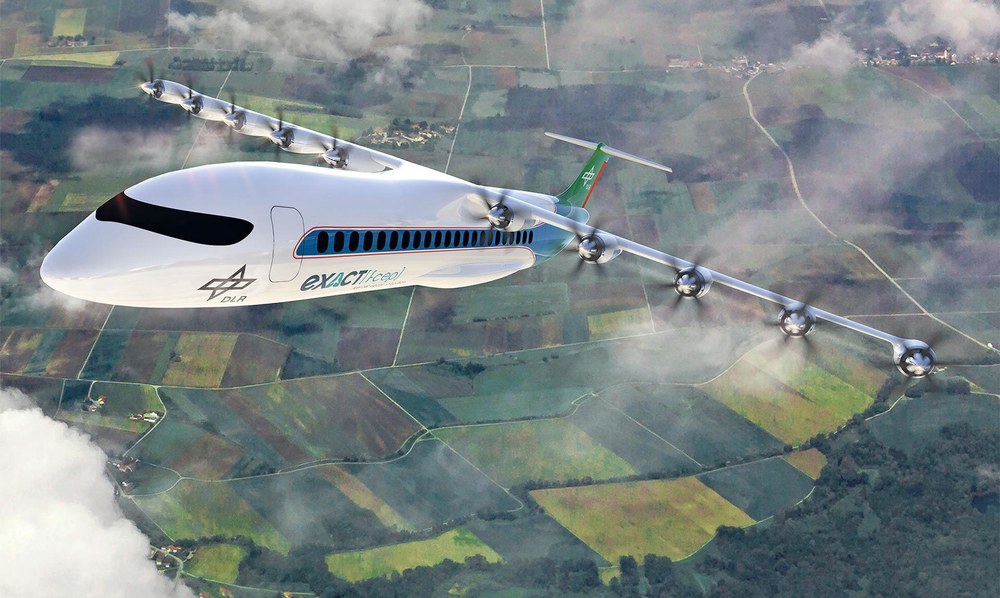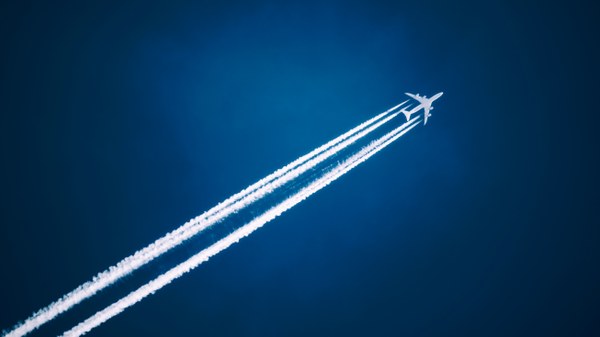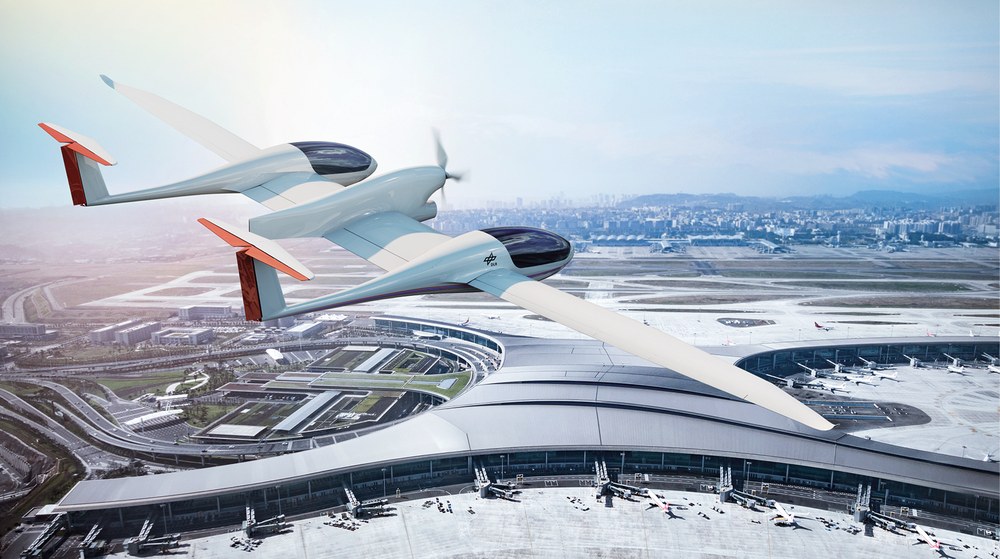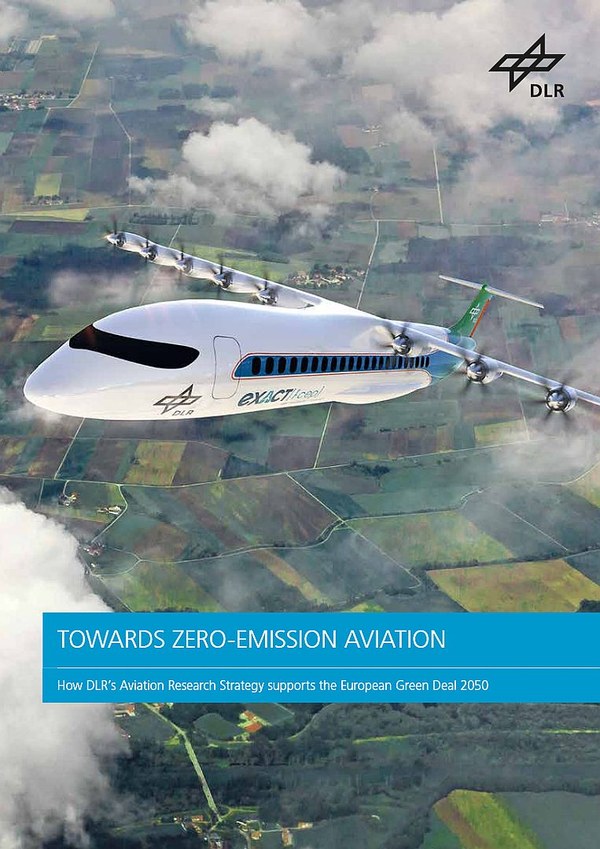Analysis tool supports contrail mitigation as anti-warming strategy
Like road and maritime transport, air travel produces carbon dioxide emissions that contribute to global warming. When it comes to aviation, however, there are also short-lived, 'non-carbon dioxide' climate warming effects – primarily due to the formation of condensation trails (contrails) and the emission of nitrogen oxide compounds (NOx).






















